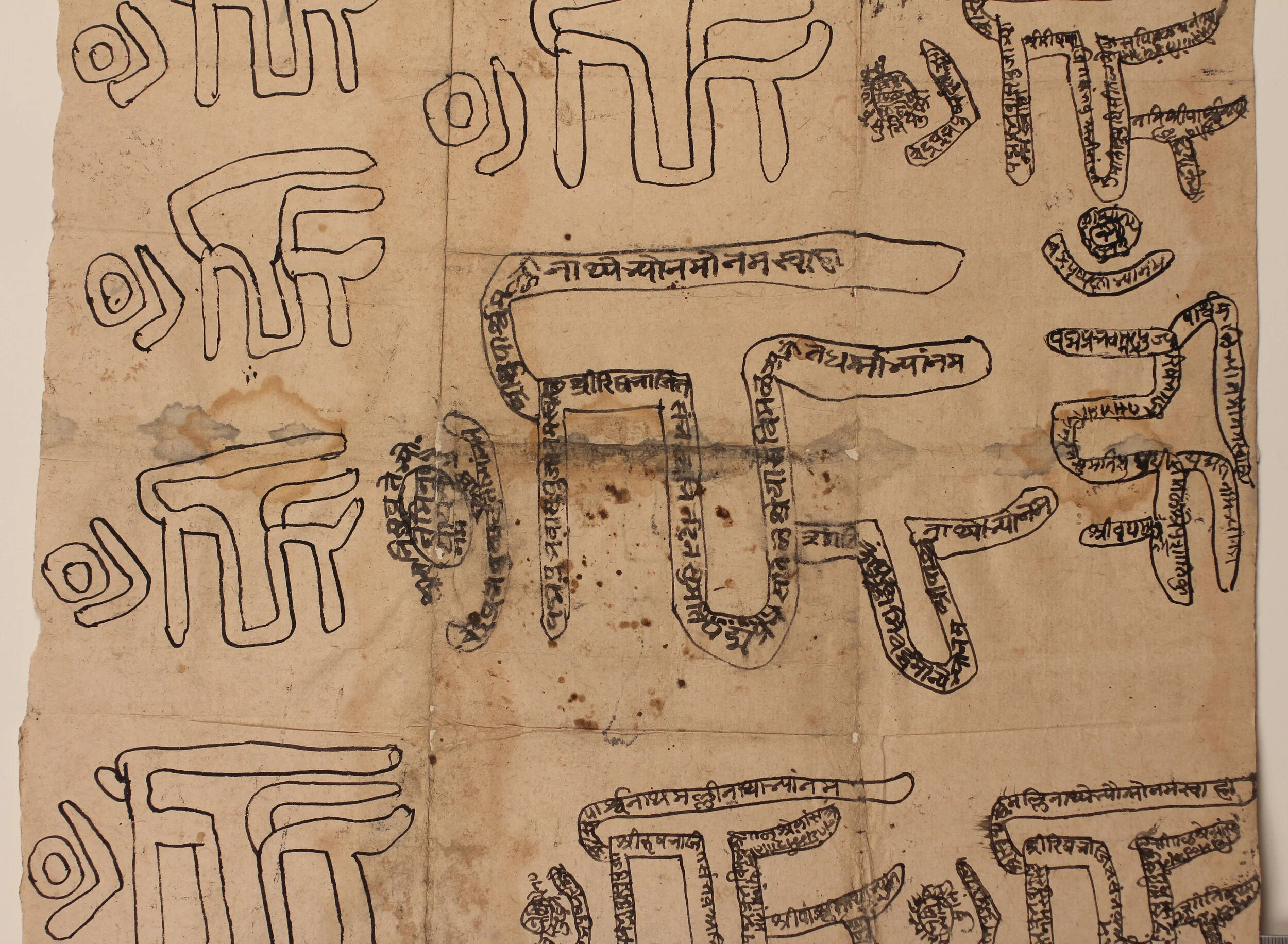The ultimate aim of yoga according to the Yogasūtra is kaivalya, the isolation of puruṣa, the male principle, or soul/spirit, from prakṛti, the female principle, or nature. And yet Bhoja, in his commentary on this text, begins by saying that this occurs through the union of Śiva and Pārvatī or Śakti in his form of ardha-nārīśvara, which literally means “the lord who is half woman.”
The Sanskrit word “tantra” literally means an instrument for stretching. Traditionally this refers to threads on a loom, but it has come to indicate a system which weaves together various techniques and practices to seek liberation and mystical powers…
One of my favorite Indian stories occurs in Bṛhadāraṇyaka Upaniṣad 3.9.1, where Vidagdha Śākalya, “the clever grammarian,” repeatedly asks Yājñavalkya how many gods there are. As he keeps asking his question, the answer goes from “three and three hundred and three and three thousand” to thirty-three to six to two to one-and-a-half to one.
The Aparokṣānubhūti provides a concise and accessible entry into Advaita (non-dual) Vedānta philosophy. Its 144 verses teach a method of vicāra or enquiry, which incorporates a fifteen-part system of yoga leading to samādhi, and ultimately to the realization of the oneness of ātman (the individual self) and brahman (the universal Self).
Over the past two years, I've worked with artist Alexander Gorlizki to help translate the Sanskrit, Hindi and Rajasthani text on various yantras (mystical diagrams) and other drawings he collects for his exhibition at the Outsider Art Fair in NYC...





